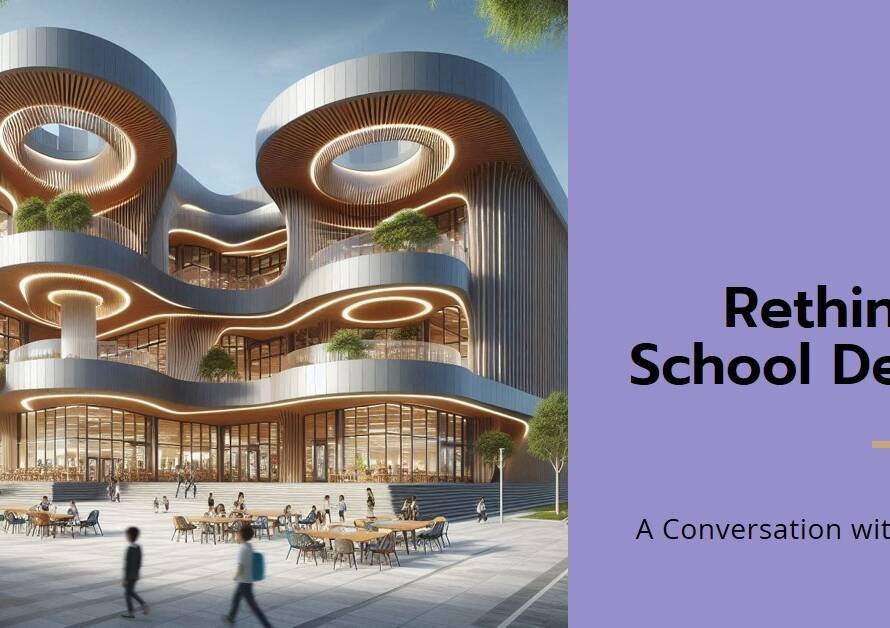
Table of Contents
- Introduction:
- The Canvas of Cities: Where Art Meets Science
- Historical Context: Learning from the Past
- Technological Innovations: Shaping the Future
- Community Engagement: Planning with People
- Sustainability: Building Resilient Cities
- Economic Vitality: Driving Growth and Innovation
- Cultural Heritage: Preserving Identity
- Public Health: Designing for Well-being
- The Future of Urban Planning: Embracing Change
- Conclusion: The Excitement of Urban Planning
Introduction:
Urban planning is often perceived as a dull and monotonous field. However, this misconception couldn’t be further from the truth. Urban planning is a vibrant and dynamic discipline that shapes the way we live, work, and play. It’s a field teeming with creativity, innovation, and profound impacts on society. In this blog post, we’ll delve into the multifaceted world of urban planning and uncover the excitement that lies within.
The Canvas of Cities: Where Art Meets Science
Urban planning is an intricate blend of art and science. Planners use scientific principles to understand population growth, environmental impacts, and infrastructure needs. Simultaneously, they employ artistic vision to design spaces that are aesthetically pleasing and culturally significant. This synthesis of art and science creates a unique, ever-evolving canvas that transforms cities into livable, vibrant communities.
For example, consider the integration of green spaces in urban areas. This isn’t just about planting trees; it involves understanding ecological balance, promoting biodiversity, and enhancing the well-being of residents. The planning of Central Park in New York City is a prime example where meticulous scientific planning and artistic vision have created a timeless urban oasis.
Historical Context: Learning from the Past
Urban planning has a rich history that offers valuable lessons for contemporary practice. Ancient civilizations like Rome and Greece were pioneers in planning their cities with sophisticated infrastructure and public spaces. By studying these historical precedents, modern planners can draw inspiration and avoid past mistakes.
The Renaissance period, for instance, introduced the concept of the city square, which became the heart of civic life. These historical insights underscore the importance of public spaces and their role in fostering community and interaction. By appreciating the past, urban planners can create cities that honor tradition while embracing modernity.
Technological Innovations: Shaping the Future
The advent of technology has revolutionized urban planning. Geographic Information Systems (GIS), computer-aided design (CAD), and Building Information Modeling (BIM) are just a few tools that have transformed the field. These technologies enable planners to visualize complex data, simulate urban growth scenarios, and create detailed 3D models of proposed developments.
Moreover, the rise of smart cities exemplifies the intersection of technology and urban planning. By integrating IoT (Internet of Things) devices, smart cities optimize resource use, enhance public services, and improve the quality of life for residents. Barcelona and Singapore are leading examples of how technology can create more efficient, sustainable urban environments.
Community Engagement: Planning with People
One of the most exciting aspects of urban planning is community engagement. Planners work closely with residents to understand their needs, aspirations, and concerns. This collaborative approach ensures that urban development projects reflect the values and priorities of the community.
Public workshops, town hall meetings, and digital platforms facilitate this engagement, allowing for a diverse range of voices to be heard. The transformation of Detroit’s riverfront is a testament to successful community engagement. By involving residents in the planning process, the city has created a vibrant, inclusive space that celebrates its industrial heritage while looking towards the future.
Sustainability: Building Resilient Cities
Sustainability is at the core of contemporary urban planning. Planners are tasked with creating cities that can withstand environmental challenges while minimizing their ecological footprint. This involves integrating renewable energy sources, promoting public transportation, and designing green buildings.
The city of Copenhagen exemplifies sustainable urban planning. Through innovative initiatives like extensive cycling infrastructure and district heating systems, Copenhagen aims to become carbon-neutral by 2025. These efforts highlight the role of urban planning in addressing climate change and promoting long-term environmental stewardship.
Economic Vitality: Driving Growth and Innovation
Urban planning plays a crucial role in fostering economic development. Well-planned cities attract businesses, talent, and investment, creating a thriving economic ecosystem. This involves strategic zoning, efficient transportation networks, and vibrant public spaces that encourage commerce and innovation.
Consider the transformation of Silicon Valley. Once an agricultural region, it has evolved into a global tech hub thanks to strategic planning and investment in infrastructure and education. This economic vitality drives innovation and improves the quality of life for residents, demonstrating the power of urban planning in shaping prosperous communities.


Cultural Heritage: Preserving Identity
Urban planning also involves preserving the cultural heritage and identity of cities. Planners work to protect historical landmarks, promote local arts, and celebrate cultural diversity. This fosters a sense of pride and belonging among residents while attracting tourists and fostering cultural exchange.
The preservation of New Orleans’ French Quarter is an exemplary case of balancing development with heritage conservation. By maintaining its unique architectural style and vibrant cultural scene, New Orleans continues to attract visitors from around the world, contributing to its economy and cultural richness.
Public Health: Designing for Well-being
The connection between urban planning and public health is increasingly recognized. Planners design cities to promote physical activity, reduce pollution, and enhance mental well-being. This involves creating walkable neighborhoods, ensuring access to green spaces, and promoting active transportation.
The concept of “Healthy Cities,” advocated by the World Health Organization, emphasizes the role of urban planning in public health. Initiatives like the creation of pedestrian-friendly zones in cities such as Copenhagen and Amsterdam showcase how urban design can enhance the health and well-being of residents.
The Future of Urban Planning: Embracing Change
Urban planning is constantly evolving, driven by changing demographics, technological advancements, and environmental challenges. The future of urban planning will likely involve even greater emphasis on sustainability, resilience, and inclusivity. Planners will need to adapt to new realities, such as the impacts of climate change and the rise of remote work.
Emerging trends like the “15-minute city” concept, which aims to create self-sufficient neighborhoods where all essential services are within a 15-minute walk or bike ride, represent the innovative thinking shaping the future of urban planning. By embracing change and innovation, urban planners will continue to create cities that are not only functional but also vibrant and resilient.
Conclusion: The Excitement of Urban Planning
Urban planning is far from boring. It is a dynamic, impactful field that shapes the world we live in. From historical insights and technological innovations to community engagement and sustainability, urban planning is a multifaceted discipline that touches every aspect of our lives. By appreciating the excitement and complexity of urban planning, we can better understand and contribute to the creation of cities that are vibrant, inclusive, and sustainable. Whether you are a professional in the field or a curious citizen, the world of urban planning offers endless opportunities for discovery and innovation.



